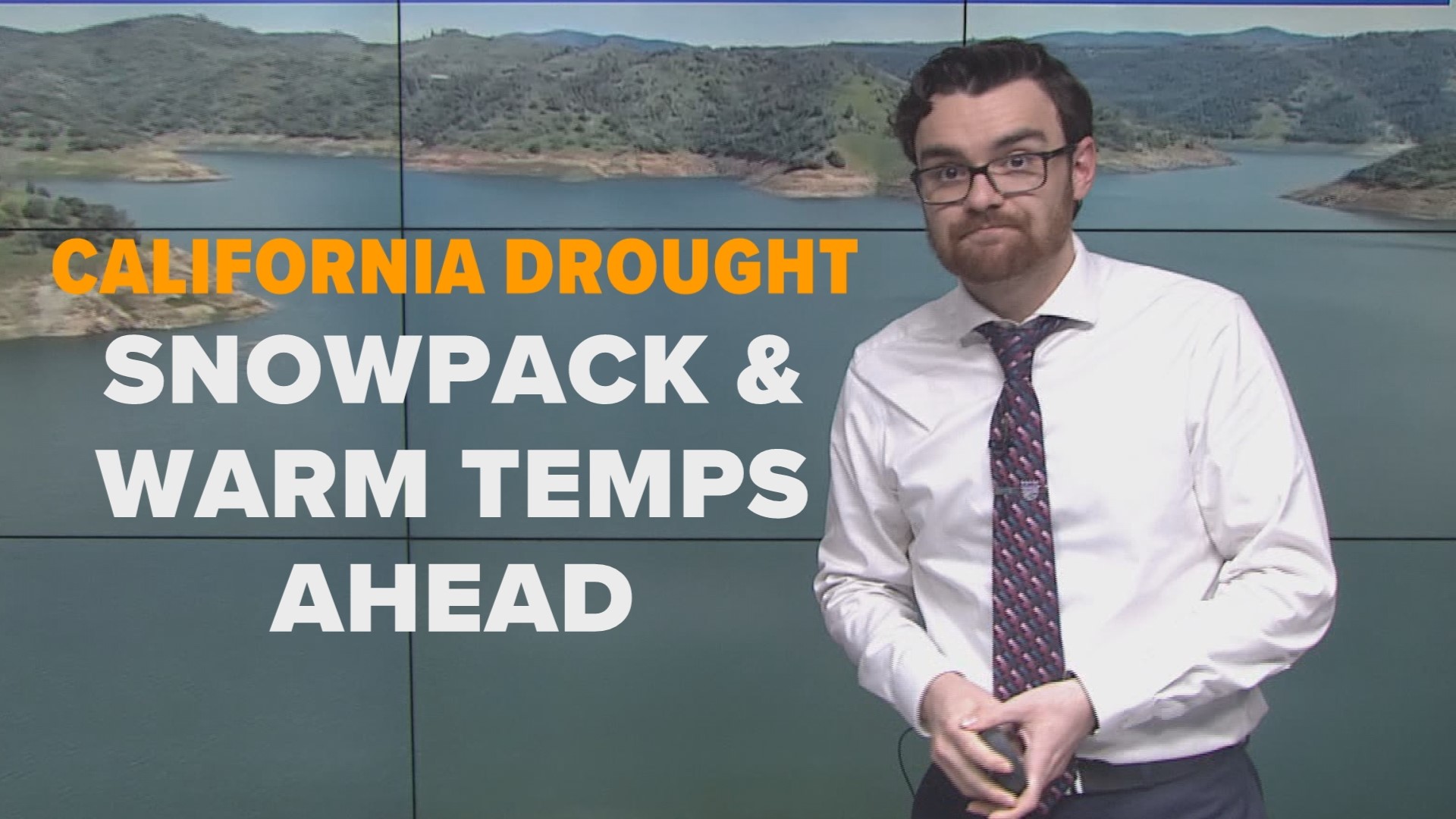SACRAMENTO, Calif. — With warmer weather on the horizon following a cold and unbelievably wet winter, California’s vegetation will thrive in the coming months, especially on rangelands that cover over half of California’s land.
This is great news for California’s ranchers, who rely on rangelands to sustain their livestock. Because rangelands are largely rain-fed, the recent drought has majorly affected the livestock industry.
“Rangelands you can think of as those big open landscapes that surround us all over the state. They are incredibly biologically diverse," said Leslie Roche, associate professor of Cooperative Extension at UC Davis. "They range from arid deserts and shrublands to grasslands and woodlands, and even a lot of our forest lands up in the High Sierras."
California’s ranchers once again find themselves at the mercy of the state’s unpredictable weather.
Typically, drought is the main concern for ranchers who rely on rangelands for grazing. This year, the cold start to the year has stunted vegetation growth.
In fact, forage production is actually behind where it was last year in a lot of places, according to Roche.
Even though ranchers don’t have to worry about drought this year, the concern always looms.
Ranchers are always the first to be affected by drought, so it is always front of mind.
More extreme weather and a generally hotter and drier climate due to climate change will only continue to exacerbate the problems ranchers face.
“The communities that you know, live work and depend on these lands are potentially some of the most vulnerable to drought, because they are dependent on such a climate-sensitive resource,” said Roche. “Drought is really the rule rather than the exception for California range lands and this year is really the exception.”
Apart from their benefit to the livestock industry, rangelands are some of the most ecologically diverse spots in the world.
Keeping them healthy and through conservation, especially as human development encroaches on their territory, will have numerous benefits.
"As we move forward for the future of rangelands, you know, there's a lot of threats with a increasingly variable climate with these extreme events like severe wildfires and severe drought. It's going to take all hands on deck to think about how we can sustain and conserve these lands," Roche said.
WATCH ALSO:



















